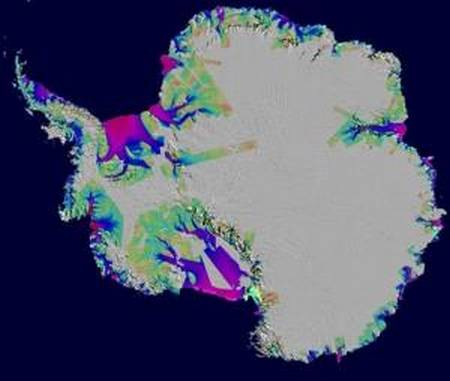In this political year, this relentlessly political year, I think back to a poem I wrote in another political year, in a fit of weary impatience. Liberal or conservative, I just don’t like sheep.
Libcon
It must be nice (as people say)
To always and automatically know
What not to have to think about anything,
And everything – to get the party line
From National Review, or Exquisite Corpse,
Or the Liberty Lobby or NPR—
To listen, or read, or overhear, and know
Just what precisely you can say and think
And just instinctively feel
To preserve your credentials as a paid-up
Member of the club, the chosen,
Intelligent, incorruptible, interchangeable few.
Political America divides in two:
On one side, the real world of ambiguity;
On the other side, the zealots, ever monitoring opinion,
Always quick to excommunicate.

